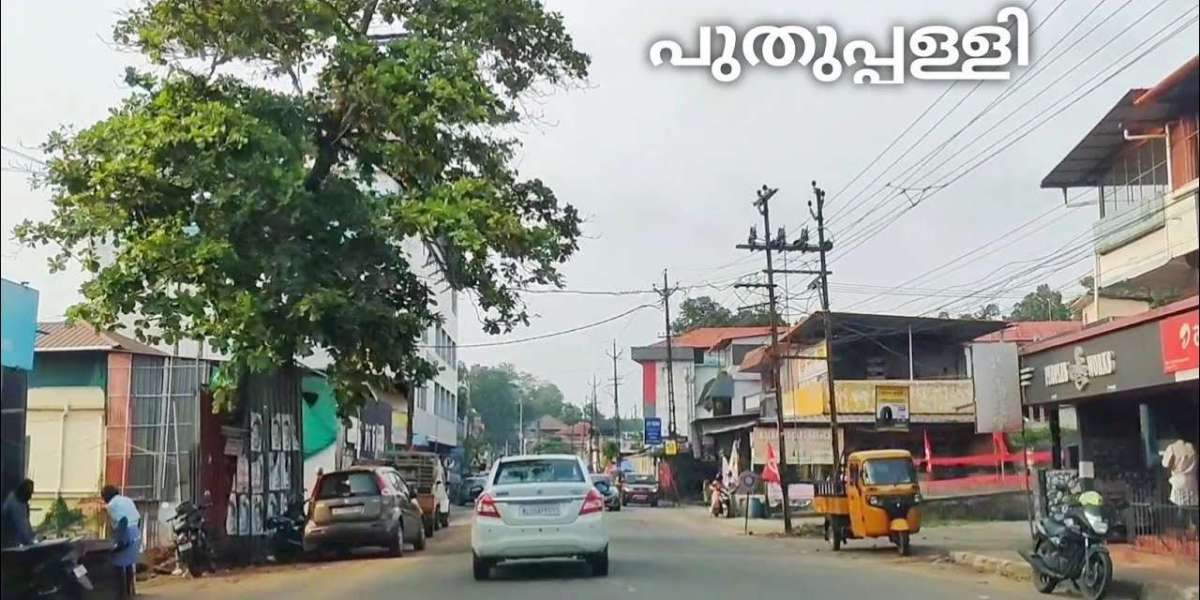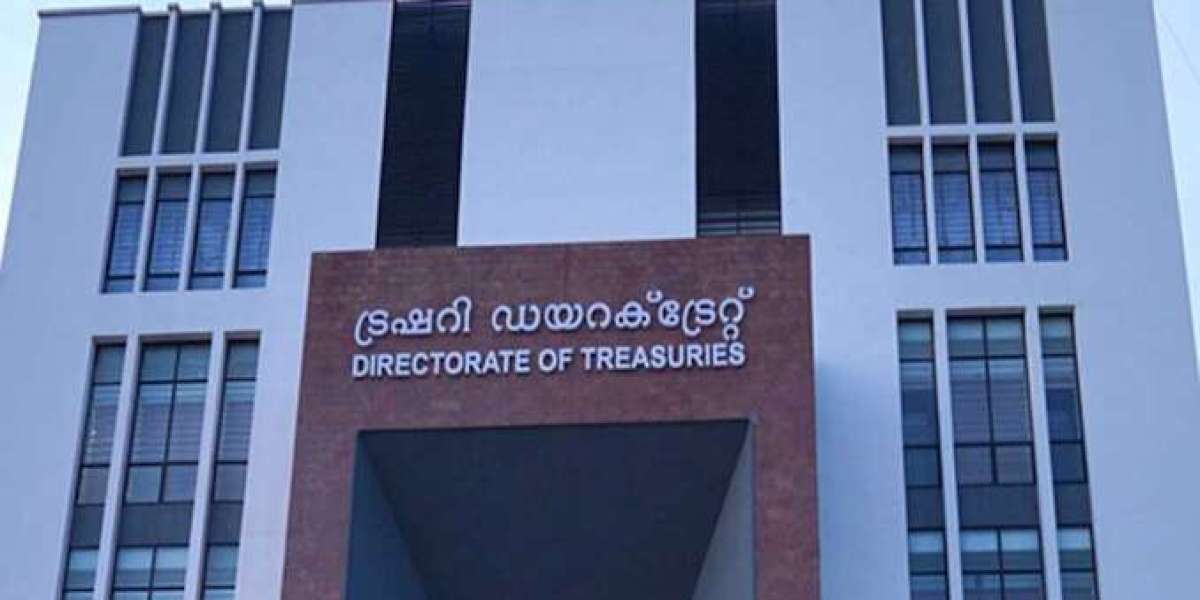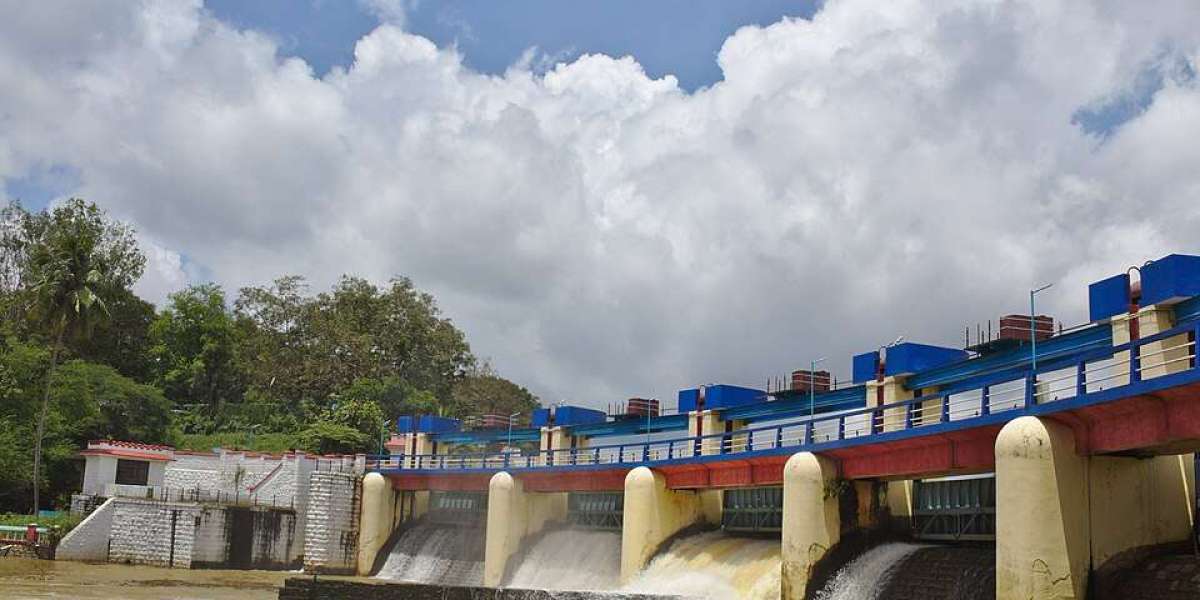Demographics
As per the 2011 Census, the town of Puthuppally had a population of almost 29,635, with a literacy
rate north of 98% and a sex ratio slightly favorable to women. Scheduled Castes form around
5.3–5.5%, and Scheduled Tribes under one percent.
Hindus constitute more than half the constituency’s population, with Ezhava and Nair communities
being dominant. Christians comprise nearly 40%, especially from Orthodox and Jacobite Syrian
traditions.
Economic Profile and Peculiarities
A hallmark of the region is its strong reliance on NRI remittances—many families have members
working in the Gulf and overseas. This inflow significantly fuels the local economy, supporting
middleclass lifestyles, construction, education, and consumption. As in much of Kerala, agriculture
remains important—rubber plantations and smallholder crops are common, along with paddy and
coconut farming in wetter zones.
There is some trading and small business activity, particularly retail and services in the panchayat
towns. The presence of the Rubber Board campus and educational institutions adds modest
employment opportunities. The coastal-blueeconomy influence is limited here, unlike some other
parts of Kerala.
Economic Strata
The majority of residents fall into the middleincome category. With high literacy and extensive
remittance support, few are below the poverty line; BPL segments are relatively small. The
aspirational middle class, supported by farming, trade, and remittance income, predominates. There
are very few highincome households, except perhaps successful businessmen or families with
highearning NRIs.
Recent Development & Initiatives
In recent years, the constituency has seen infrastructure upgrades—local roads in several
panchayats have been repaired or widened, though residents and political commentators still
complain about substandard road quality in some pockets. The St. George Orthodox Church at
Puthuppally has become part of a spiritualtourism circuit following the death of former Chief
Minister Oommen Chandy, attracting pilgrims and tour operators. Educational and governmental
facilities like IHRD and paraclinical campuses help boost local service employment.
The 2023 byelection, triggered by Sri. Oommen Chandy’s passing, brought renewed political
attention and promises from parties on local development, water supply improvements, and better
public services. Installation of webcasting and enhanced security across the 182 booths used in the
bypoll was highlighted as a step forward in election infrastructure.
Puthuppally is defined by a literate, middleclass population sustained largely by remittance income,
smallscale agriculture, and local trade. Its 256 polling stations ensure democratic access across a
mostly ruralsemiurban geography. Though infrastructure challenges remain, especially roads, recent
initiatives—from improved polling facilities to spiritual tourism and educational expansion—point
toward steady, if incremental, socioeconomic development in the region.







